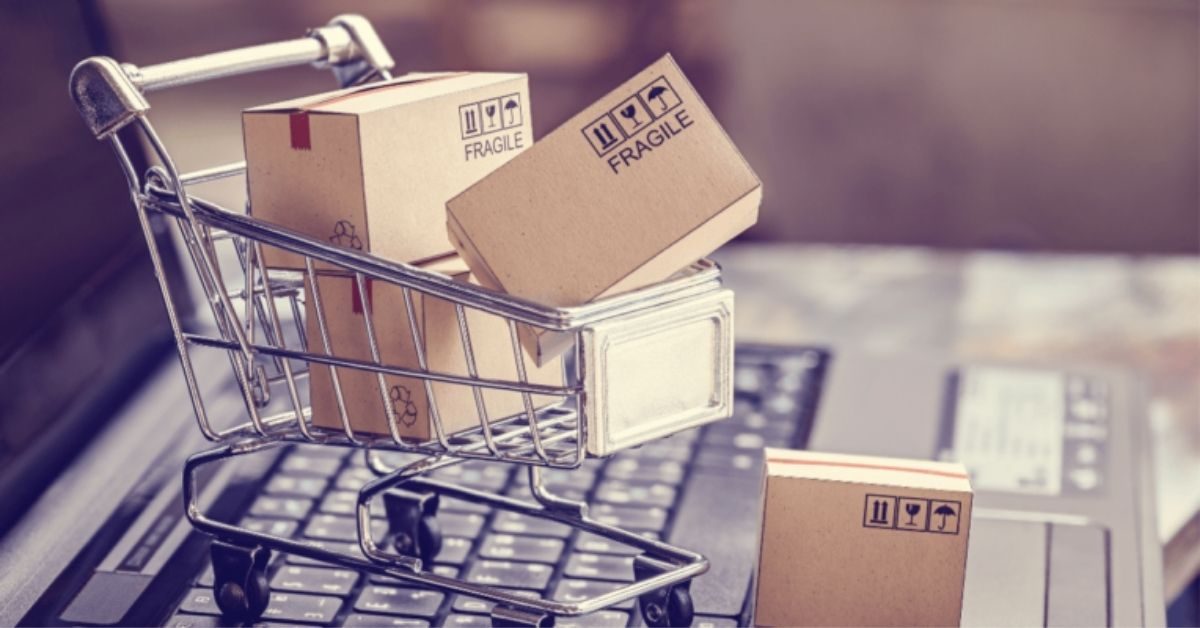By Roman Guzikov, Head of B2B Sales, inDrive.Couriers
With the growth of online services, accelerated by the Covid-19 pandemic, people increasingly take the ability to shop without leaving home or the office for granted. In fact, 30% to 60% of people who regularly use delivery services, use them for the delivery of store-bought goods, according to an inDrive.Couriers survey[1].
But what about businesses without an online presence – small cafes, grocery shops, and family-owned small manufacturers of farm goods, for example? Should they opt for online sales or stick to the status quo?
Enabling online orders and delivery to customers may bring real benefits for these companies, including the possibility for growth and higher earnings. Here’s how:
- Any business can sell online, whether through a website, marketplace or even social media
In 2022, every fifth sale was made through e-commerce (19%) worldwide. This figure is forecast to grow to a quarter by 2027. Of course, traditional offline sales still dominate. But even for offline businesses, venturing into e-commerce may bring more sales opportunities, both by targeting new audiences and retaining existing customers through the added convenience of online purchase and delivery. Such businesses can also use this as a means to expand their operations beyond the area where their store is located.
Simple online sales tools are now available, meaning that it’s easy for brick and mortar retailers to add online services to their offering.
If a business does not have a website, then one of the simplest options is to use an online marketplace. This is suitable for those who sell goods to end users – from handmade cosmetics or accessories to furniture or auto parts, as well as for those who work with other businesses, such as farmers. There are many marketplaces in all possible formats. To get started, you usually just need to complete a registration and add product information.
An alternative option is to use social networks. For example, 44% of people use Instagram to shop weekly. Social media platforms offer different formats and opportunities for placing and promoting products. They also allow you to communicate with your audience and provide user support and business updates and information.
There is also an excellent opportunity to sell to current clients, and new ones too, through messengers. Customers can write on WhatsApp, for example, and the store sends their orders via delivery services. Many messengers offer special business accounts through which entrepreneurs can communicate on behalf of the company.
Whichever avenue you choose, you will then need to organize delivery: whatever you sell, it’s crucial to deliver orders quickly and in good condition.
- Delivery can add value to offline sales too
Consider a small local delicatessen with an established circle of customers. Using courier delivery allows their customers to receive their goods without the inconvenience of carrying them home.
Similarly, services such as laundry, clothing alterations, and electronics repair can use couriers to save their customers the time and effort of picking up their serviced goods. It’s also possible to use delivery services to organize the return of items.
While this service is a nice-to-have for such businesses, freight delivery is essential for any business that sells large items (furniture, auto or moto parts, construction materials, etc.).
- Advantages of using courier and freight delivery services rather than in-house delivery
Using on-demand courier or freight delivery instead of your own vehicles can save businesses up to 40% on transportation costs, according to rough estimates by inDrive.Freight.
Using on-demand courier or freight services helps to keep pace during peak seasons when orders surge, minimizing the chance of delays and failed deliveries, and increasing the number of happy customers.
And finally, if and when a business expands, an increasing number of orders may require more delivery options.
- How to choose a courier or freight delivery service
For small and mid-sized local companies, such as cafes, food production flower shops, furniture stores, or even small clothing or accessories brands, it’s possible to work with a logistics firm on a retainer basis or to order delivery on demand via an app. The second is likely to be cheaper and more convenient, as there’s no need to sign a contract and set a predetermined delivery schedule.
When choosing a service, make sure that it allows you to track your delivery online and share this tracker with customers or partners receiving a delivery.
It’s also important to determine what type of courier delivery (foot, moto, auto) or freight vehicle (trucks, pick-ups, heavy trucks) you need, and then to check which of these a given service offers. Some apps offer a really wide range of vehicles, including pickups, mid- to large-sized trucks, or even tow trucks.
Always check a service provider’s ratings and reviews, and choose accordingly. Poor service, late delivery or items damaged in transit will affect how your business is perceived – even if you’re outsourcing the delivery service.
Finally, make sure the cost of delivery is affordable and does not impact the customer’s decision to buy your product or service. Some apps allow you to negotiate the price with the driver, which means that you can always find the best option for the best price.
[1] inDrive survey through a third-party online panel of people using courier services at least once for the last six months, conducted in August – September 2023 in countries of Latin America, Asia, Middle East.







